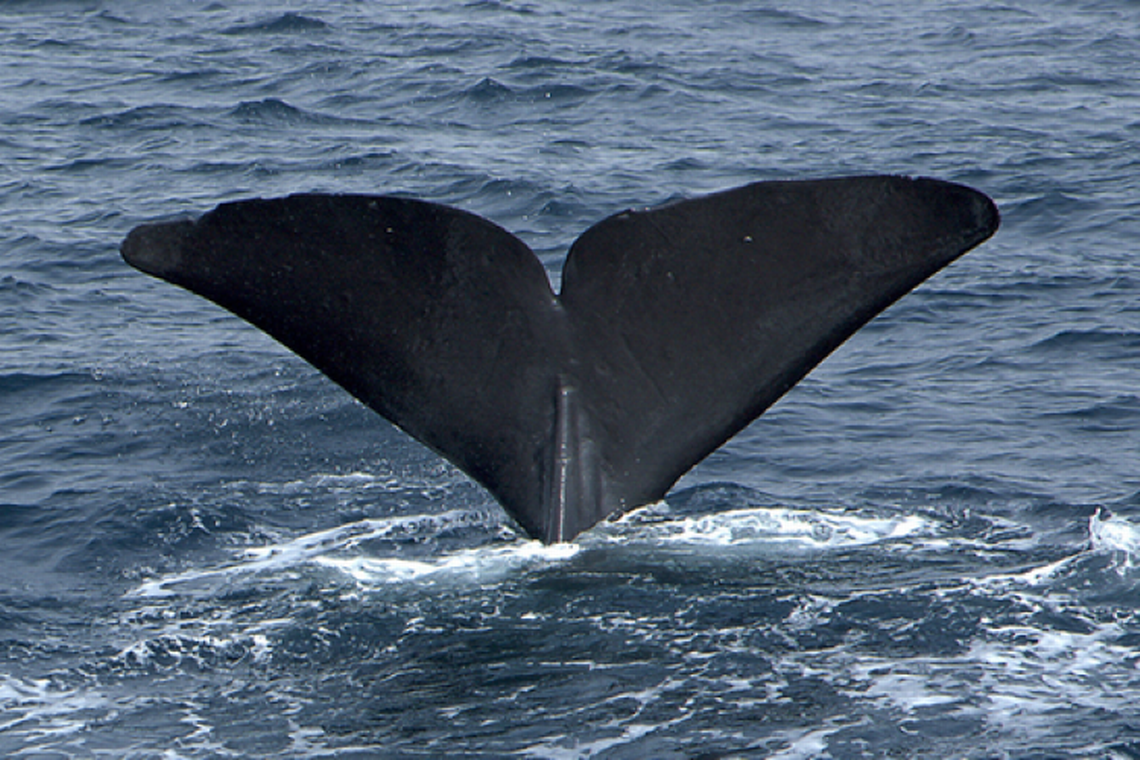Sperm whale speech — with ‘alphabet’ — is decoded. What other animals can AI translate?

For years, scientists have listened to the clicks of sperm whales and wondered what they were saying.
While previous research scratched the surface of understanding, a new study — published May 7 in the journal Nature Communications — uses machine learning to pinpoint specific patterns in their speech.
With the help of artificial intelligence, the research team from the Massachusetts Institute of Technology (MIT) analyzed data from 8,719 sperm whale “codas” —clusters of clicks — collected by recording whales in the Caribbean.
AI then helped researchers identify recurring patterns, similar to an alphabet, in the whales’ conversations.
Their work emerges in a class of animal research that uses AI to translate the languages of nonhuman species. For generations, scientists have attempted to understand animal conversations. Now, AI is making it easier.
Researchers of chatty creatures like bats, bees, songbirds and whales gather many hours of sound or video recordings and then plug that data into AI language models, the way we might with tools like Google Translate, according to a Feb. 7 story from Scientific American.
AI uses similar language processing algorithms as Google Translate to identify patterns in the sounds, getting researchers closer to understanding the languages.
In a 2016 study of Egyptian fruit bats, researchers recorded the bats for months and used a voice recognition program to analyze thousands of different sounds.
In the analysis, AI correlated certain sounds with corresponding social interactions (caught on video) and pinpointed what the sounds meant. In the end, the scientists were able to recognize bats’ bickering over food and making calls in other circumstances, such babies as being left alone without their mothers, according to the study.
In a 2023 study of honeybees, AI deciphered a pattern in movements the bees used to communicate. It was a dance language.
“Honeybees perform ‘dances’ to instruct their nestmates where to find food sources…the body angle encodes the direction of the food!” researcher Tim Landgraf said in a post on X, formerly known as Twitter.
A 2022 study using machine learning to analyze zebra finches’ songs found differences in the songs that the females paid attention to when choosing who to mate with. With the help of AI, these researchers discovered that a male bird whose songs reminded a female of the birds she grew up with was much more likely to be chosen as a mate.
Injured orangutan observed treating his own wound with medicinal plant, scientists say
50-foot sea creature washes up on Delaware shore. But rescue proves too ‘treacherous’
Huge sea creature — the world’s largest — stuns California onlookers in early sighting

